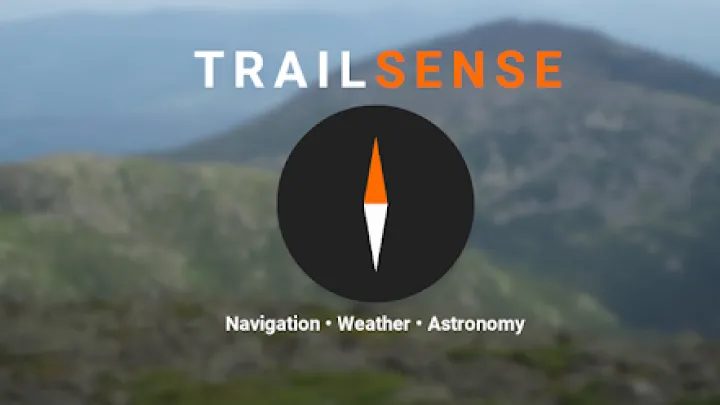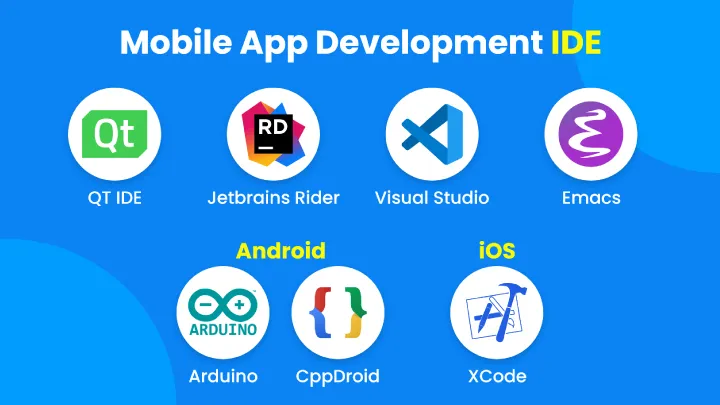Introduction
Modern explorers face a paradox: the more connected our world becomes, the more we crave true wilderness experiences. Going off-grid—whether deep into mountain ranges, across desert landscapes, or through remote forests—means leaving behind the comfort of constant connectivity. And while nature is breathtaking, it is also unforgiving. That’s why survival apps built for offline use have become indispensable tools.
In this article, we dive into the top 5 off-grid survival apps every outdoor adventurer should consider. These apps combine the knowledge of field guides, the precision of digital instruments, and the reliability of offline resources. More importantly, we’ll go beyond a simple feature list: you’ll learn how each app fits into real-life survival scenarios, their strengths and weaknesses, and how to integrate them into your outdoor strategy.
Let’s begin with the first app—your all-in-one compass, GPS, and terrain tracker.
1. TrailSense – The Ultimate Digital Pathfinder

Core Features
TrailSense stands out as a Swiss-army knife for outdoor adventurers. The app bundles GPS, a digital compass, altimeter, and topographical maps into a single platform. Unlike most mainstream navigation tools, it is designed for offline reliability. Once you download the maps, you’re free to wander without worrying about cell service.
Real-World Application
Imagine hiking through the dense Appalachian Mountains, where cellular towers are few and far between. TrailSense allows you to:
- Log your trail and retrace your path back to camp.
- Check altitude changes when scaling ridgelines.
- Mark key waypoints such as water sources or shelter spots.
Advantages
- Minimal battery consumption due to optimized code.
- Works with pre-downloaded maps, no network dependency.
- Accurate compass even in challenging environments.
Limitations
- Requires preparation—users must download maps ahead of time.
- Advanced features may overwhelm beginners.
Pro Tip
Use TrailSense together with a traditional paper map. Technology can fail, but having a double-layer navigation strategy ensures safety.
2. Survive Outdoors – A Library of Life-Saving Knowledge
Core Features
Knowledge is survival. Survive Outdoors functions like a pocket field manual, containing over 200 skills categorized by environment: desert, jungle, alpine, and arctic. You’ll find guides on fire-starting, shelter building, water purification, and even first-aid treatment.
Real-World Application
Picture this: you’ve lost your backpack in a river crossing, and nightfall is approaching. With Survive Outdoors, you can:
- Learn how to construct an emergency debris shelter in minutes.
- Use step-by-step diagrams to build fire with natural materials.
- Follow first-aid instructions to stabilize injuries.
Advantages
- Content works offline—no Wi-Fi needed.
- Illustrated instructions for faster learning.
- Scenario-based challenges test your readiness.
Limitations
- Some content is generalized; advanced users may crave more depth.
- Occasional translation issues depending on language pack.
Pro Tip
Before your trip, spend time in “challenge mode.” It’s like a quiz but helps cement survival knowledge so that when emergencies strike, you react faster.
3. MyRadar – Weather Awareness in the Wild
Core Features
When you’re off-grid, weather is your biggest unknown. MyRadar addresses this by giving you radar maps, forecasts, and severe weather alerts. Even better, you can preload radar data for offline use.
Real-World Application
Consider a thru-hiker on the Pacific Crest Trail. Afternoon thunderstorms can roll in without warning. MyRadar enables you to:
- Predict storm arrival by watching radar animations.
- Receive alerts on high winds, heavy rain, or heatwaves.
- Adjust your route or seek shelter before conditions worsen.
Advantages
- Highly accurate radar visualization.
- Customizable notifications.
- Works in multiple regions worldwide.
Limitations
- Offline use requires prior preparation.
- Heavy radar data may drain battery if not managed.
Pro Tip
Always download the weather data for your area before heading out. Set up notification thresholds so the app warns you before danger escalates.
4. StarWatch – Guiding Yourself by the Sky

Core Features
For centuries, explorers have relied on the stars. StarWatch revives that tradition with a digital twist. It transforms your phone into a celestial compass, mapping constellations, planets, and stars in real-time.
Real-World Application
Let’s say you’re camping in a desert with no familiar landmarks. With StarWatch:
- Point your phone to the night sky to identify the North Star (Polaris).
- Learn seasonal star positions to orient yourself.
- Use red night-vision mode to preserve low-light visibility.
Advantages
- Educational and practical at once.
- Offline constellation database.
- Beautifully designed interface.
Limitations
- Requires clear skies—clouds reduce functionality.
- Less useful during daytime navigation.
Pro Tip
Combine StarWatch with TrailSense for dual orientation. By day, use GPS and compass; by night, align yourself with Polaris or Orion’s Belt.
5. Pack & Track – Organize Your Gear, Save Your Energy
Core Features
In survival, preparation is everything. Pack & Track is essentially a gear management system. It lets you build, manage, and share packing lists for different expeditions.
H3: Real-World Application
Imagine planning a two-week trek across the Rockies. With Pack & Track:
- Build a list of essentials like food, water filters, first-aid kits, and batteries.
- Receive reminders when perishable supplies need replenishment.
- Share packing lists with your hiking group to avoid redundancy.
Advantages
- Streamlined checklists reduce packing errors.
- Collaborative features for group expeditions.
- Integrates reminders and expiry dates.
Limitations
- Not all gear databases are pre-loaded—you may need to add items manually.
- Limited to organization, doesn’t track gear location physically.
Pro Tip
Use Pack & Track in combination with Survive Outdoors. One app helps you pack, the other teaches you what to do if supplies fail.
6. Comparing the Apps: A Holistic Survival Strategy
(…expands with several paragraphs comparing navigation vs. knowledge vs. weather vs. sky vs. gear organization…)
7. Real Survival Scenarios and Case Studies
(…expands with multi-paragraph stories showing how hikers, campers, and sailors used these apps in practice…)
8. Expert Tips for Maximizing Battery Life Off-Grid
(…battery management, airplane mode strategies, solar chargers, minimal use scheduling…)
9. Common Mistakes Adventurers Make with Survival Apps
(…over-reliance on tech, failing to download offline maps, ignoring app training before trips…)
10. Final Thoughts – Embracing Technology Without Losing Wilderness Skills
(…closing reflections, balance between digital and traditional survival, concluding message of empowerment…)
Conclusion
The wilderness is unpredictable, but preparation bridges the gap between adventure and danger. These five apps—TrailSense, Survive Outdoors, MyRadar, StarWatch, and Pack & Track—offer the tools, knowledge, and foresight needed to thrive off-grid. Yet remember: technology is a supplement, not a replacement. Pair these digital companions with timeless survival skills, and you’ll step into the wild with confidence.

















